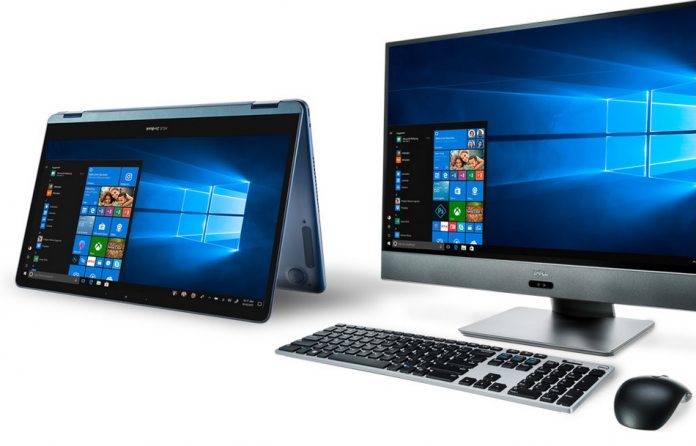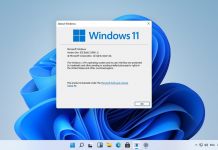Specifically, Windows 10 21H2 will bring some new features to users, including passwordless improvements for Windows Hello for Business. Elsewhere, Microsoft will add WPA3 H2E support, GPU compute for Windows Subsystem for Linux (WSL), and Azure IoT Edge for Linux on Windows (EFLOW) deployments. Sure, hardly a hamper of goodies for consumers, but then that is what Windows 11 is for. Windows 10 21H2 is Microsoft showing that it will continue to improve and support what is soon to be a legacy platform. This is important because many enterprise users will want to remain on Windows 10, at least until Windows 11 stablizes.
Continued Support
Of course, the maintenance of Windows 10 will be good news for users who cannot upgrade to Windows 11 because of compatibility issues. Considering Microsoft’s awful communication on compatibility, we will wait to see how that situation plays out. As it stands, plenty of Windows 10 users will not be able to update to Windows 11 because of their hardware. For those users, Microsoft will ensure Windows 10 21H2 rolls out quickly to machines running version 2004 and newer. As is the case with all Windows 10 updates, the company will continue to support the 21H2 build for 18 months for Home and Pro SKUs. Users on Enterprise and Education editions will get support for 30 months. Microsoft will continue to work on Windows 10 until 2025, but the changes coming to Windows 10 with new feature updates wouldn’t be as significant as before. Tip of the day: With many reachable wireless access points popping up and disappearing again, the available networks list can become quite annoying. If needed you can use the allowed and blocked filter list of Windows 10 to block certain WiFi networks or all unknown WiFi networks.




